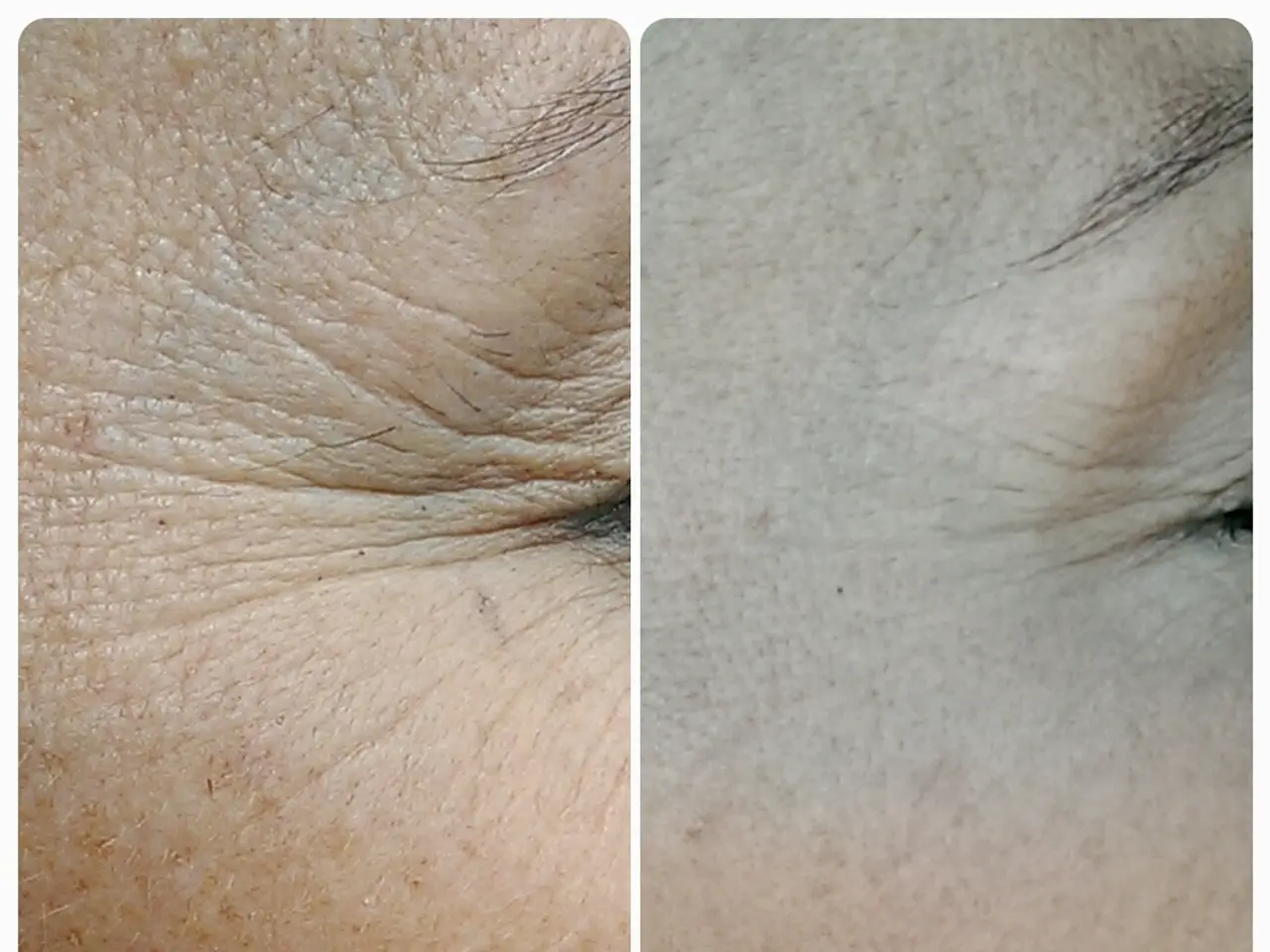Cities' strategies for combating intense heat encompass various elements, such as expansion of tree cover and installation of green roofs.
Cities Across Canada and the World Take Action to Combat Urban Heat Islands
Cities worldwide, including several in Canada, are implementing various strategies to mitigate the urban heat island effect and address extreme heat events. These measures focus on increasing vegetation, modifying urban design, and implementing reflective or green infrastructure.
Increasing Tree Cover and Urban Green Spaces
Trees play a crucial role in cooling cities by providing shade and promoting evapotranspiration. Toronto, for example, aims to increase its street tree canopy to 40% by 2050, planting around 120,000 trees annually. Vancouver has also set a goal of covering 30% of the city with tree canopy by 2050, following an update to its urban forest strategy.
Green Roofs and Green Walls
Installing vegetation on rooftops and building walls helps insulate buildings and reduce heat absorption by surfaces. Toronto's green roof bylaw, enacted in 2009, has led to the construction of about 1,000 green roofs since 2010.
Urban Planning to Enhance Airflow
Planning cities to allow cooler air to penetrate urban areas is essential. This can be achieved by avoiding the dense building barrier effect at city edges near fresh air sources such as waterfronts or rural zones.
Using Reflective or High-Albedo Materials
Surfaces that reflect rather than absorb solar radiation help reduce heat buildup, contributing to lower urban temperatures. Dallas, for instance, has installed reflective pavement, while the Texas city has also required new buildings to use materials that reflect solar heat on at least 75% of the surface or have 50% of the roof covered by vegetation.
Nature-Based Stormwater and Drainage Management
Incorporating bioswales, wetlands, and urban green infrastructure not only reduces heat but also addresses flooding risks associated with climate change impacts.
Building Design Adaptations
Incorporating solar shading, natural ventilation, and passive cooling strategies into architecture helps manage indoor heat and reduce reliance on energy-intensive air conditioning.
Research underscores that urban heat islands intensify heat exposure, contributing to thousands of deaths during recent heat waves in Canada. Cities are increasingly recognizing the importance of these measures to make urban areas more resilient and cooler during extreme heat events.
Current Heat Wave Affecting Ontario
Parts of Ontario are currently experiencing a heat wave, with temperatures expected to reach the mid-40s Celsius. As cities continue to implement these strategies, they hope to transform "heated urban sprawls" into "cooler cities."
In addition to these measures, some cities offer incentives for green roofs and stormwater management. For example, Saskatoon offers a stormwater credit for commercial buildings with green roofs, and Port Coquitlam, B.C., fast-tracks development applications that incorporate green roofs.
The urban heat island effect is caused by glassy or concrete skyscrapers that absorb a lot of heat during the day and take longer to cool down at night. Toronto implemented a green roof bylaw in 2009 for new commercial and industrial developments of more than 2,000 square metres.
Despite these efforts, recent events serve as a stark reminder of the urgency to address extreme heat events. Between 2000 and 2020, approximately 670 deaths in 12 Canadian cities were attributed to extreme heat events. A tragic example is the ongoing situation in B.C., where miners are currently trapped behind a wall of debris 30 metres long and 8 metres high.
As cities continue to adapt to climate change, addressing the urban heat island effect will be crucial in creating more resilient and livable urban spaces.
- The increasing tree cover and urban green spaces, as implemented by cities such as Toronto and Vancouver, contribute to better health and wellness by reducing urban temperatures and improving the overall weather conditions in those areas.
- Incorporating reflective or high-albedo materials in urban design, as seen in Dallas, Texas, and other cities, can help mitigate climate change by reducing heat buildup and contributing to a healthier environment.
- The implementation of nature-based stormwater and drainage management, like the use of bioswales and urban green infrastructure, benefits both the environment and human health by addressing flooding risks and reducing the adverse effects of climate change on cities.




